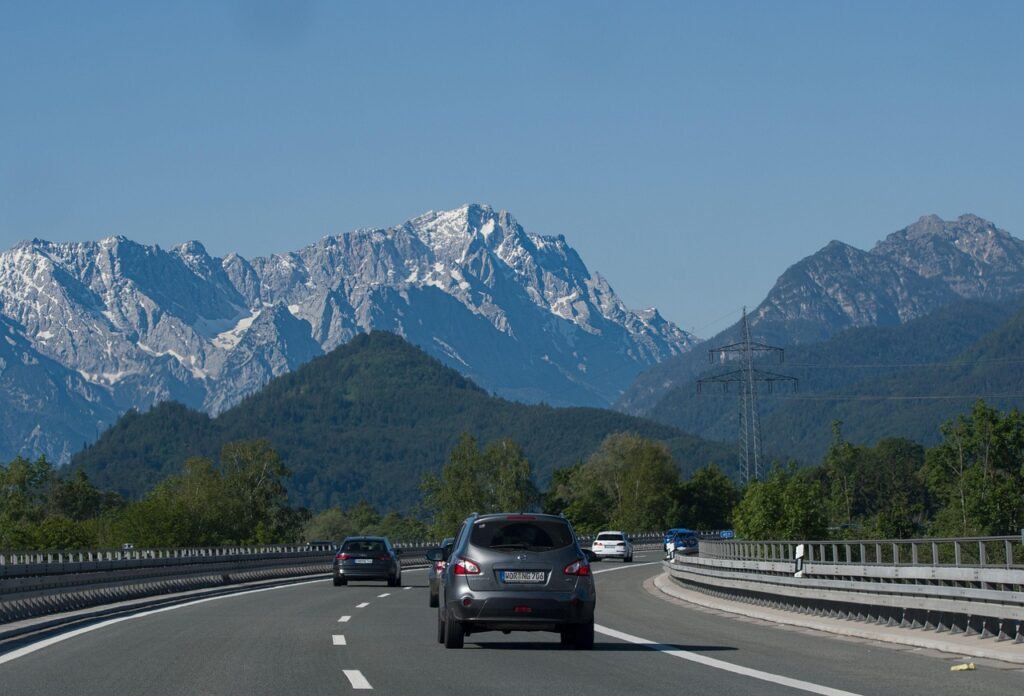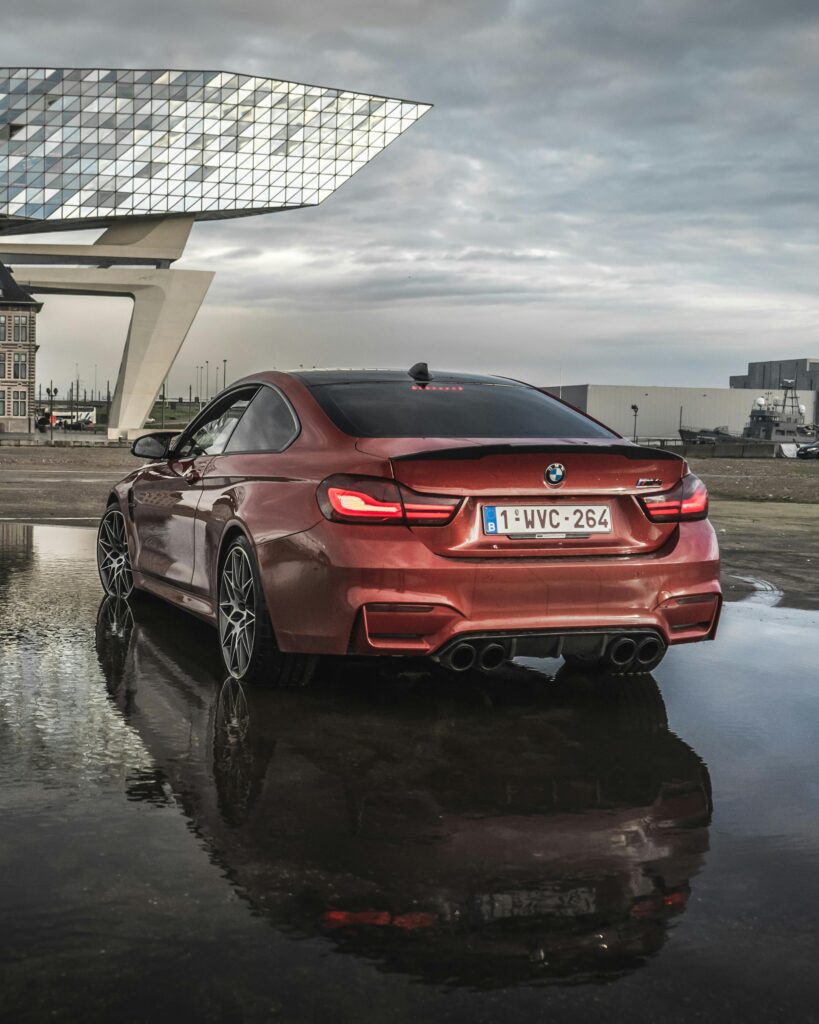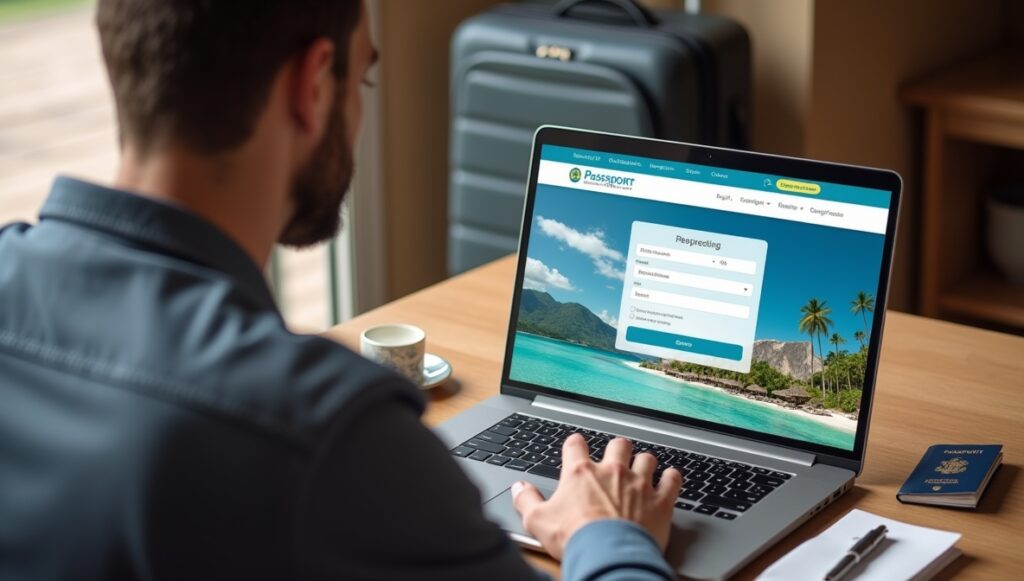Renting a Car in Europe Exposed: How to Dodge Hidden Fees and Get a Luxury Ride Without Overpaying
If you’ve ever dreamed of cruising through Europe in a luxury car — say, a BMW or Mercedes — but assumed it was way out of your budget, I have some news for you: it’s not only possible, it’s often cheaper than you think.
On my last trip through Germany, Austria, Switzerland, and France, I rented a BMW for two weeks, drove on no-limit autobahns, crossed borders freely, and returned the car in a different country — all while saving €375 compared to the direct price on the rental company’s website.
But this wasn’t luck. It was strategy. And along the way, I discovered a few hidden traps that could easily turn your dream European road trip into an expensive nightmare — if you’re not prepared.
In this post, I’ll share exactly how I booked my car, the unexpected hidden fees you need to watch out for, and a few little-known hacks to score a luxury vehicle for less.
🚗 Why Renting a Car in Europe is Different
Renting a car in Europe isn’t like renting in the U.S. There are more borders, more toll systems, and a few bureaucratic quirks that can catch even seasoned travelers off guard.
Here are a few key differences to keep in mind:
- Multiple countries, one trip: It’s common to pick up a car in one country and return it in another. That’s convenient — but it’s also where some companies try to slip in “cross-border” or “return” fees.
- Manual transmissions are the norm: Automatics are available, but often cost more. If you’re comfortable driving stick, you’ll have more luxury options at lower prices.
- Insurance and vignettes: In Europe, vignettes (toll stickers) are mandatory in some countries, and not all rental companies provide them automatically.
- Limited transparency on tolls and fees: Many rental companies give only vague explanations of toll systems, leaving you with surprise charges weeks later.
Understanding these differences upfront is the first step to beating the system and saving hundreds.
💸 My Booking Strategy: Third-Party Wins
When I started my search, I checked the Sixt website directly for a two-week BMW rental in July. The price was steep. Then, I cross-checked with Rentalcars.com, a third-party aggregator — and there it was: the exact same vehicle, €375 cheaper.
I booked through Rentalcars immediately, locking in the lower fare. Here’s why this worked:
- Aggregators often have access to special rates negotiated in bulk with major rental companies.
- Booking through a third party can sometimes exclude unnecessary extras automatically added on the rental company’s site.
- You can easily monitor price changes and rebook if a better deal appears. I checked back weekly and was ready to cancel and rebook if needed (most bookings are fully cancellable).
Pro Tip:
Book early through a reputable third-party platform (like Rentalcars, Auto Europe, or Discover Cars), choosing the option paying later, then keep monitoring for drops. If you see a better offer, cancel and rebook — it’s usually free.
⚠️ Hidden Fees You Can (and Should) Avoid
Even savvy travelers get caught by hidden fees when renting in Europe. Here are the big ones I encountered — and how to handle them:
1. Cross-Border & Return Fees
At pick-up, the Sixt agent tried to charge me for “cross-border” and “return in a different country” fees, arguing that the car had German plates and would have to be returned to Germany.
👉 I refused to accept the charge, because there’s no EU regulation requiring that fee, and my contract didn’t include it. They eventually backed down.
✅ Tip: If you’re returning the car in another EU country, read your contract carefully. If the fee isn’t listed, don’t accept surprise charges at the counter.
2. Vignettes in Austria & Switzerland
Unlike toll booths, some European countries use vignettes — windshield stickers proving you’ve paid for road use.
- Austria: Charged for a 10-day vignette (12,40 EUR).
- Switzerland: Required an annual vignette (40 CHF), even though I only stayed a few days.
I wasn’t informed during booking. These costs were small compared to a fine — but still unexpected.
✅ Tip: Check in advance which countries require vignettes and ask if they’re included. If not, buy them online, through the official websites to avoid overpaying.
3. Crit’Air Sticker in France
In some French cities, including Strasbourg, you need a Crit’Air emissions sticker to drive legally. My rental car didn’t have one — and the rental company never mentioned it. I filed a formal complaint so I wouldn’t be liable for any fines.
✅ Tip: Check Crit’Air requirements for French cities on the official government site. If your rental car doesn’t have the sticker, notify the company in writing before you drive in restricted areas.

4. Fuel Policies & Extra Insurance
Some companies push expensive “full protection” insurance at the counter. If you already have coverage through your credit card or a third-party policy, politely decline.
Also, always opt for “full to full” fuel policies — anything else usually means overpaying for fuel.
🏎️ How to Get a Luxury Vehicle Without Paying Luxury Prices
Luxury cars in Europe aren’t necessarily out of reach — if you’re strategic.
Here’s what works:
1. Book a Mid-Tier Car
I reserved a mid-size model that isn’t commonly stocked, knowing rental agencies often upgrade when they don’t have the exact model available. If the car isn’t there when you arrive, you’ll usually get a free upgrade.
This doesn’t work 100% of the time, but it’s a common insider trick — especially in busy summer months.
2. Book Early, Check Often
Luxury cars sell out quickly in high season. Booking 8+ months in advance gives you the best selection and pricing. Then, keep an eye on the booking — if a better deal appears, cancel and rebook.
3. Pick the Right Pick-Up Location
Airports often have higher fees, but they also have larger fleets, which can increase your chances of a free upgrade. City locations might be cheaper upfront but have limited inventory.
4. Know When to Say No
Some “upgrades” offered at the counter are actually upsells, not complimentary. Always confirm that the price won’t change before accepting a different vehicle.
📝 Practical Tips Before You Hit the Road
Here’s a quick checklist to make your European driving experience smooth:
- ✅ Bring an international driving permit if required (many EU countries ask for it if your license is non-EU).
- 🧾 Check toll systems in each country on your route. Some are electronic, some manual.
- 🛡 Use a credit card that covers car rentals to avoid expensive insurance add-ons.
- 📱 Download offline maps and set up your route before crossing borders — cell coverage can be patchy in rural areas.
- 🚗 Consider automatic vs. manual based on where you’re driving. Manual is cheaper, but automatics are better for city-heavy trips.
- ⛽ Return the car with a full tank to avoid inflated refueling fees.
- ✉️ Take photos of the car at pick-up and return to protect against false damage claims.

❓ FAQ
Q: Is it cheaper to rent a car in Europe through a U.S. website or locally?
A: Often, U.S.-based aggregator sites offer better deals because they negotiate bulk rates. Always compare both.
Q: Should I pay extra for GPS or Wi-Fi in the car?
A: Usually no. Offline maps (like Google Maps or Maps.me) work great and are free.
Q: Where can I buy the official Swiss vignette online?
A: You can purchase the official Swiss motorway vignette directly through the government website: https://vignette-autobahn.ch. The vignette is valid for the entire calendar year and is required for all motorways.
Q: How do I get the Austrian vignette and how long is it valid?
A: The Austrian vignette can be bought online through the official ASFINAG site: https://shop.asfinag.at. Options include 10-day, 2-month, or annual validity. For rentals, the 10-day vignette is usually enough for short trips.
✈️ Final Thoughts
Renting a car in Europe doesn’t have to be complicated — or expensive. By booking smart, watching for hidden fees, and using a few insider tricks, you can enjoy the comfort and thrill of a luxury car for less than you’d imagine.
That BMW wasn’t just a car — it turned the entire trip into a first-class experience, from the autobahns of Germany to the vineyards of Alsace.
📬 Want More Luxury Travel Hacks?
👉 Sign up for our free newsletter to get real insider strategies for flying business class, staying in 5-star hotels, and unlocking affordable luxury around the world.



